Chris Kabel loves the intrinsic qualities of the materials he uses, and he happily jokes about what he defined as "smart laziness" that defines a solitary position and an almost anthropological vision within his field. It is not by chance that his show opens with a description of a piece that is not merely an object, just as it is not just a piece of furniture design. It is definitely a chair, though it is not a classic one even if its perfect proportions hint at and suggest the totally open use of this very measured gesture. "It's a bit like sharing a bath in the sauna but then without the nakedness and the wetness," says Kabel with a smile, pointing out what he wanted written on the gallery's white wall. And it really is like sharing the experience of the sauna without being wet and naked. He jokes, while they bring us coffee, that we decide not to put down — even if it is served on a tray — to prevent spilling some on this beautiful piece that we sit on, while the conversation happily glosses over the vogue of the one-of-a-kind piece and limited editions. However, I point out that this is a masterpiece of menuiserie.
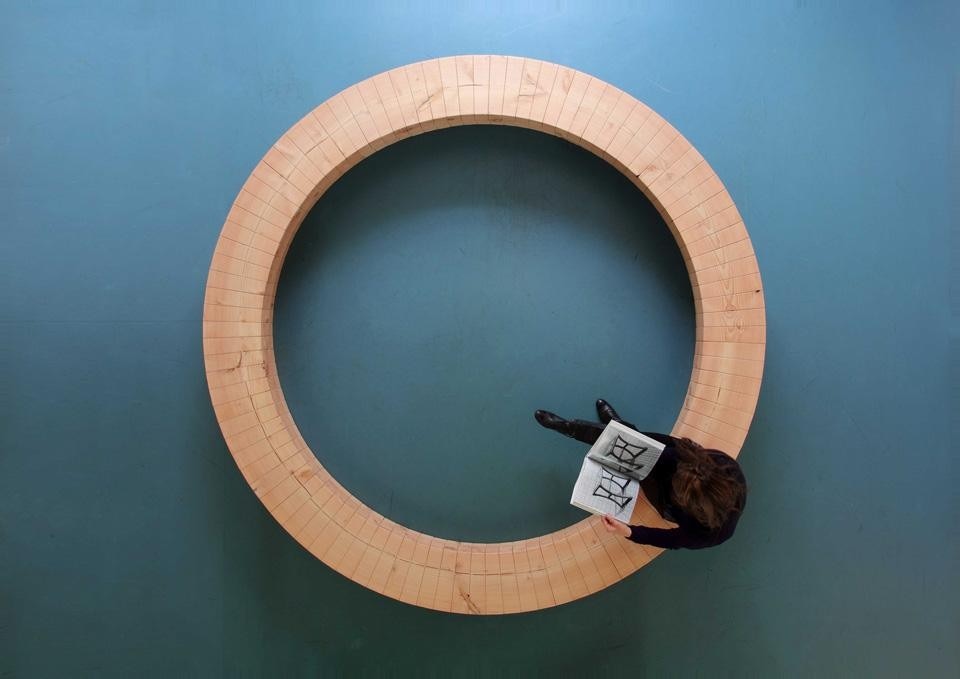
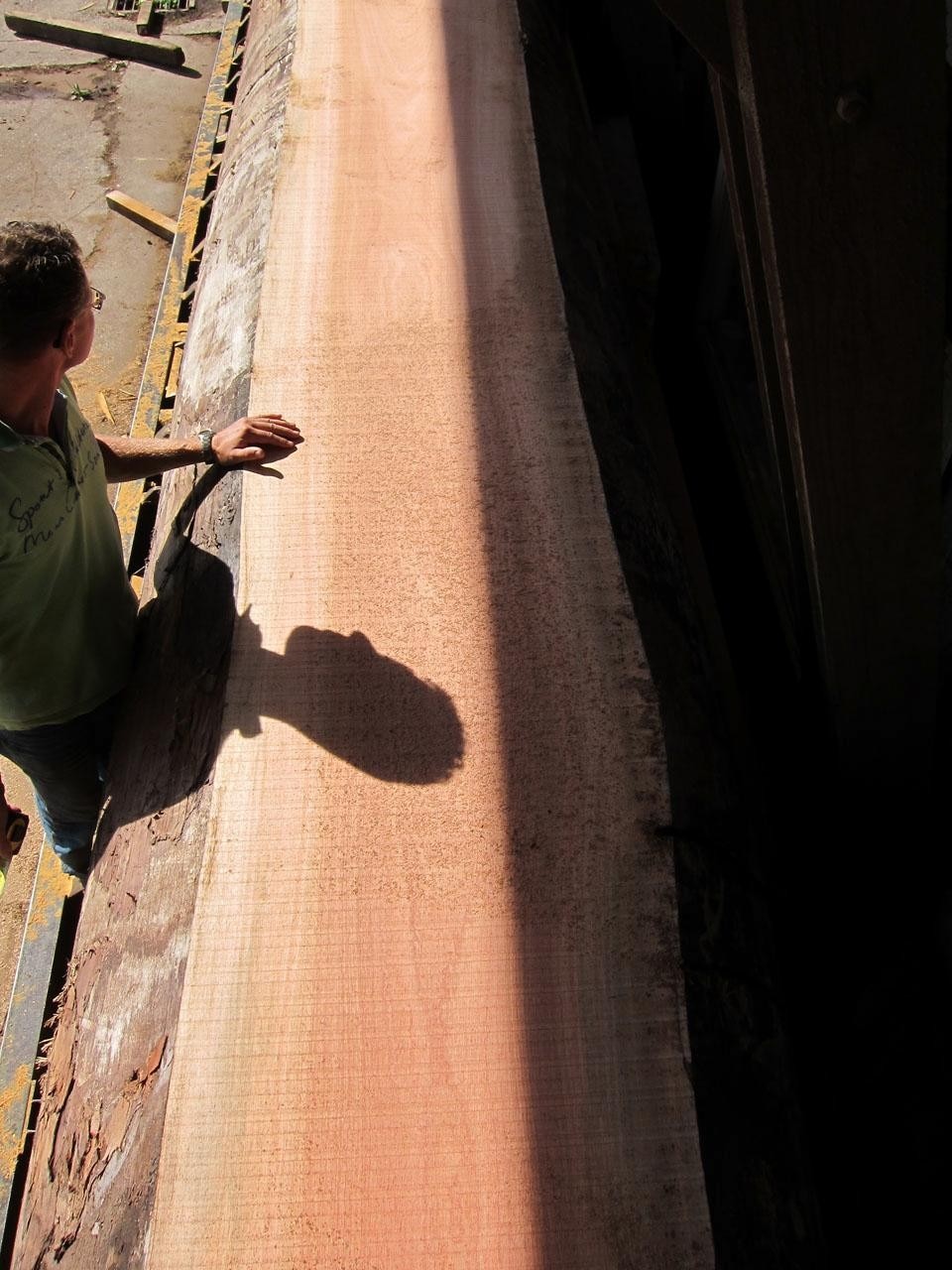
Insisting on this fact, because in addition to the material quality of Wood Ring, Kabel's piece is really a totemic one; the idea of elegant shared constructions of space lies at the heart of his design philosophy
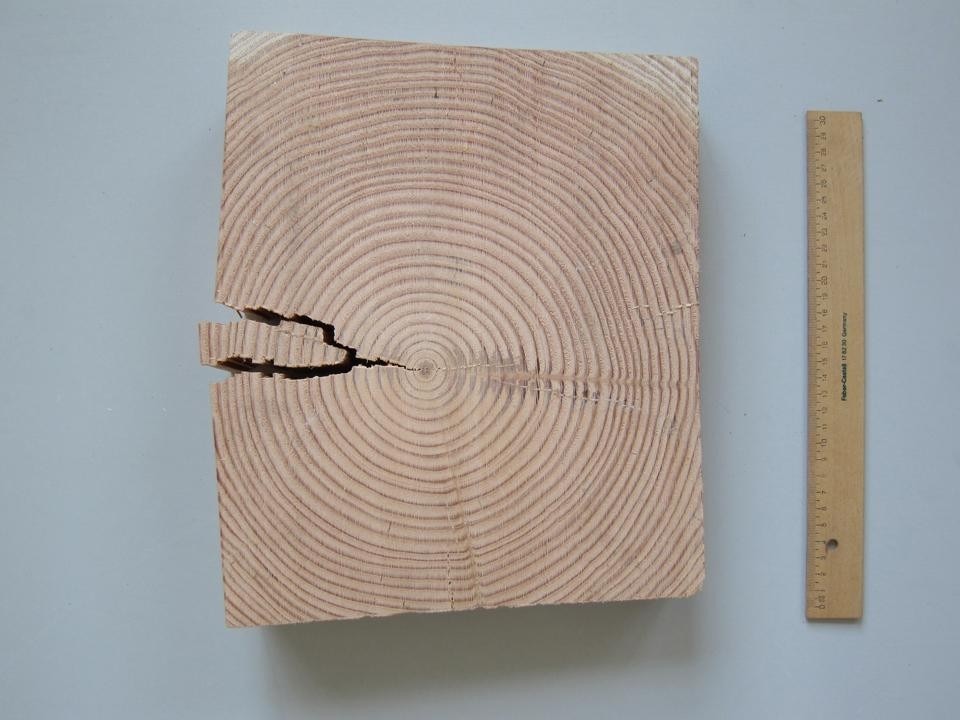
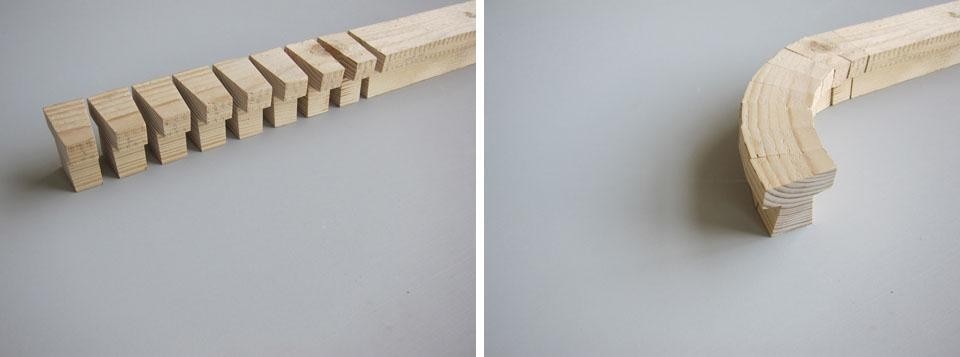
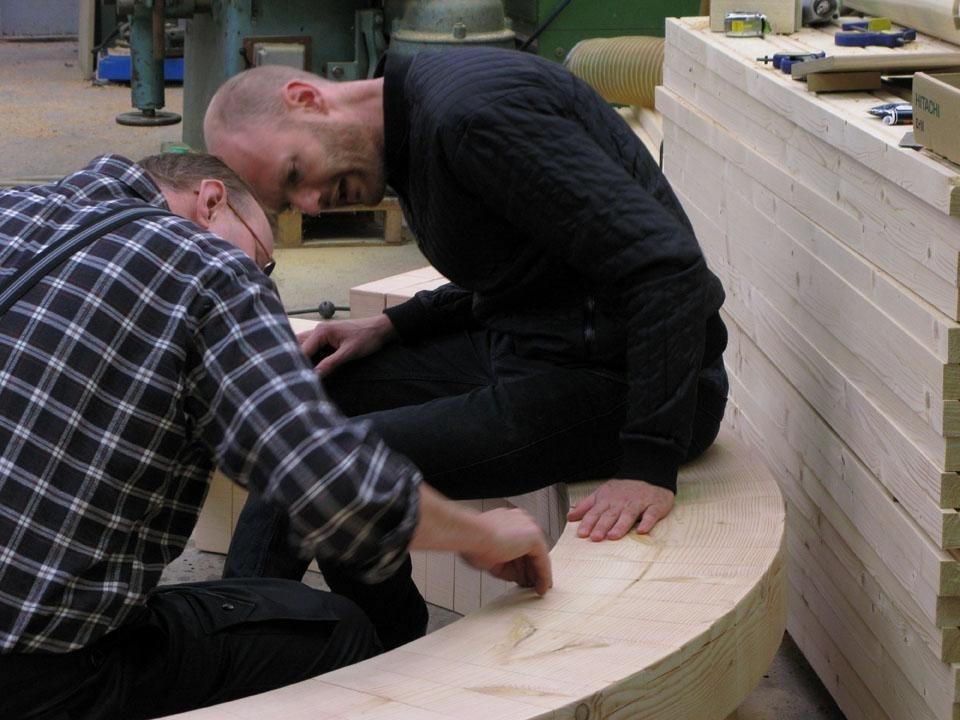
Kabel will now leave for an island north of the Canadian coast, where the disappearance of the fishing industry and the extinction of cod has left splendid and amazing traces of a past to revitalize, awaiting the gesture of his critical and object-oriented approach. Meanwhile, after some dialogue with a design philosopher of such caliber as Louise Schouwenberg, Kabel is waiting for a text that will shed light on the mechanisms of his own work. Talk about smart laziness! Ivo Bonacorsi
Chris Kabel: Wood Ring
Galerie Kreo
31 rue Dauphine, Paris
Through 2 May 2012
